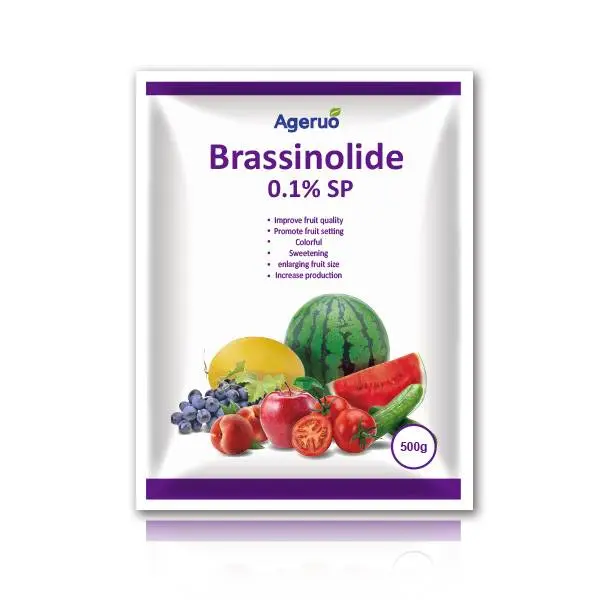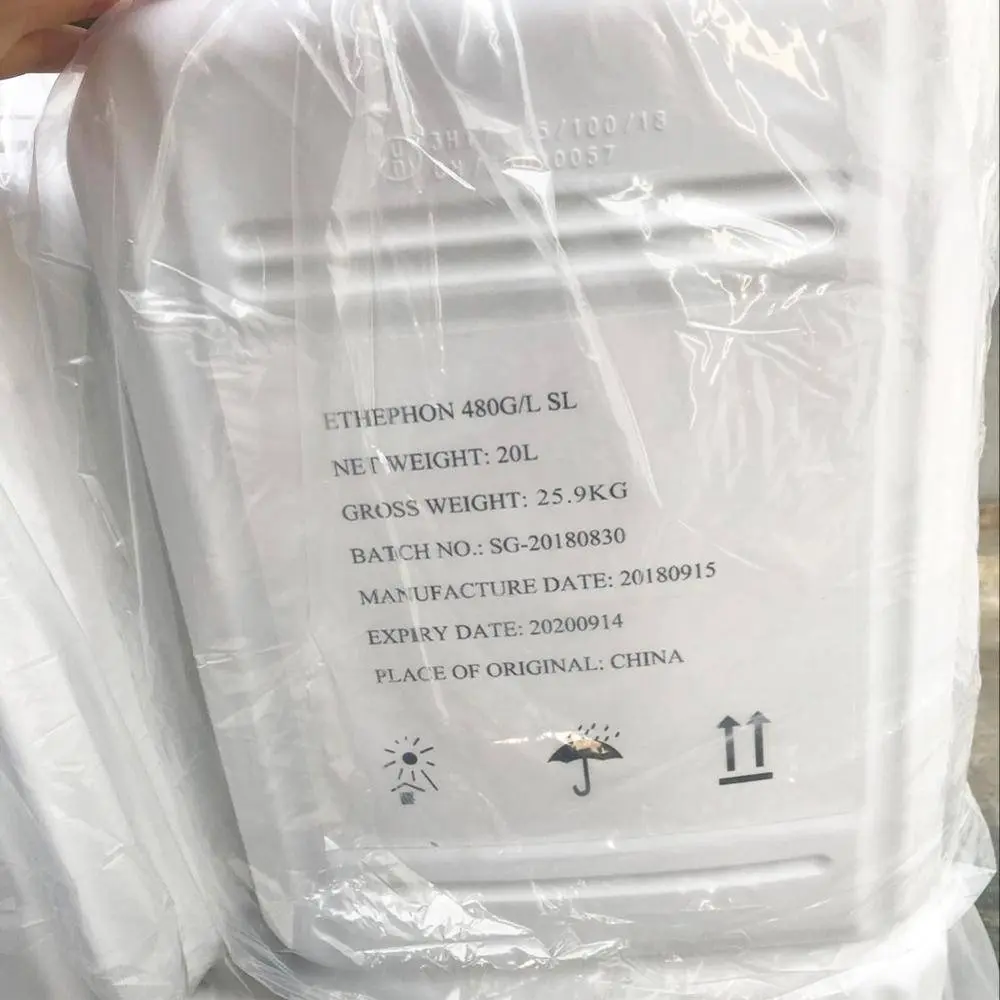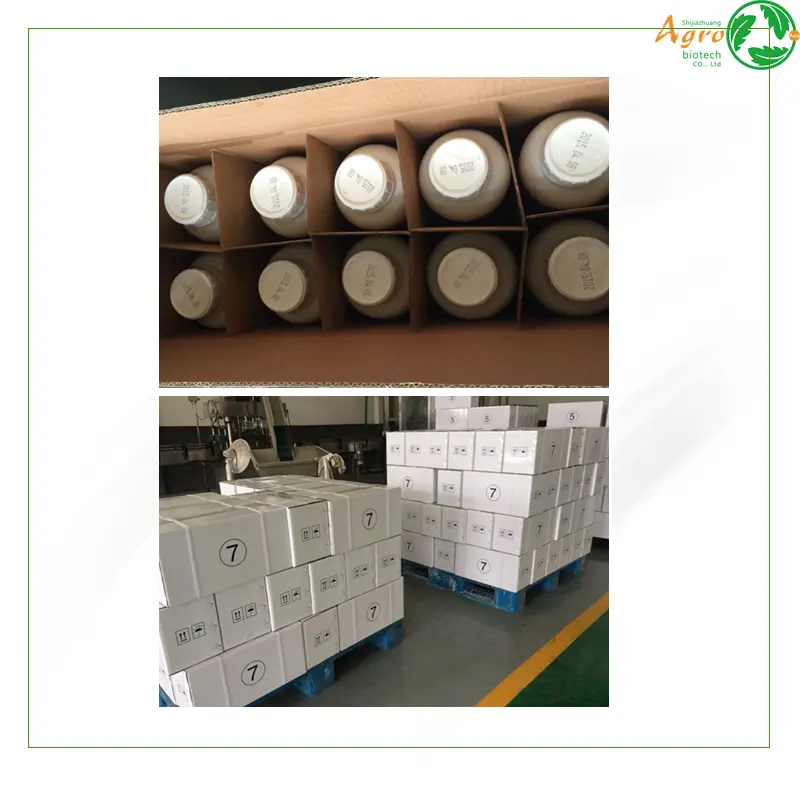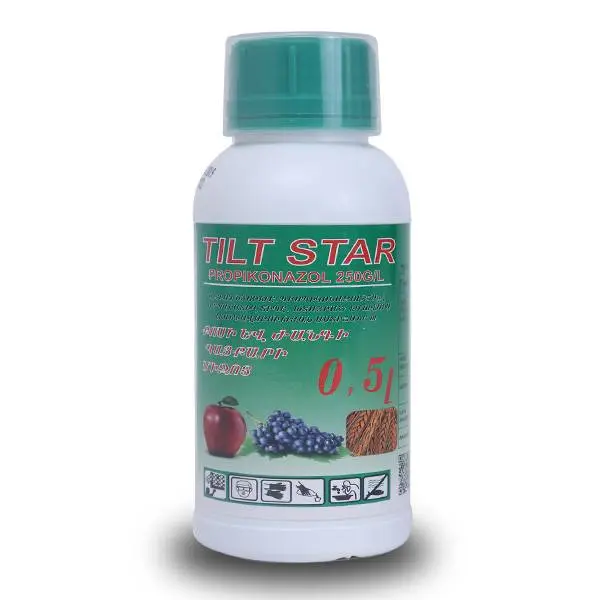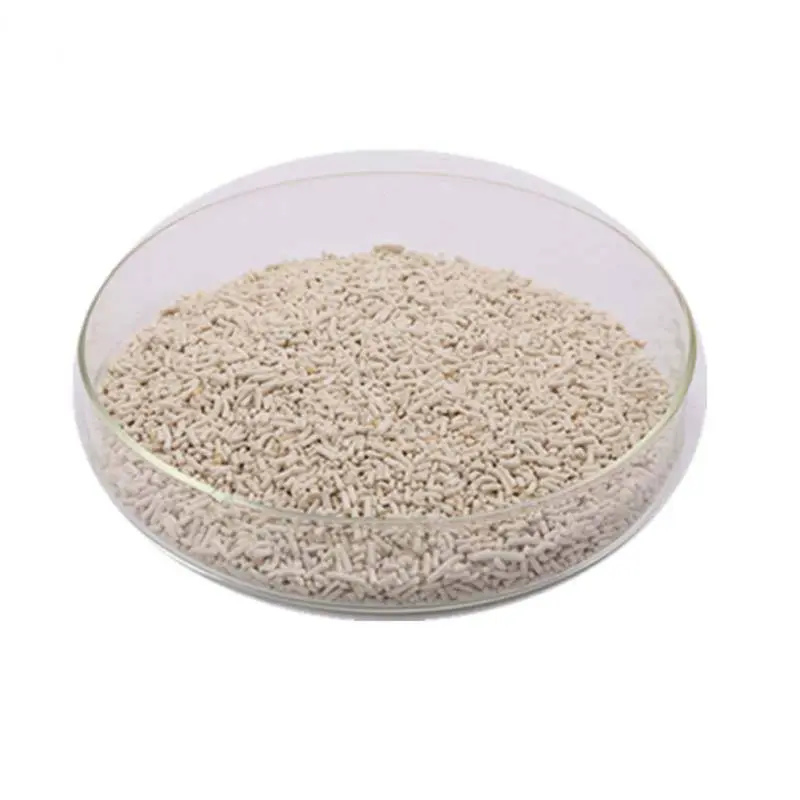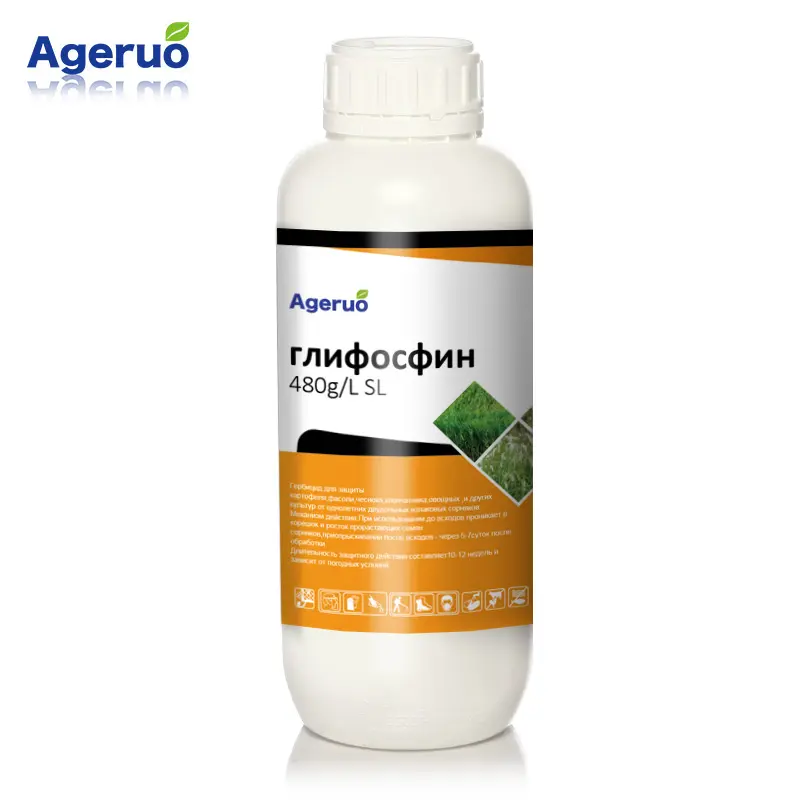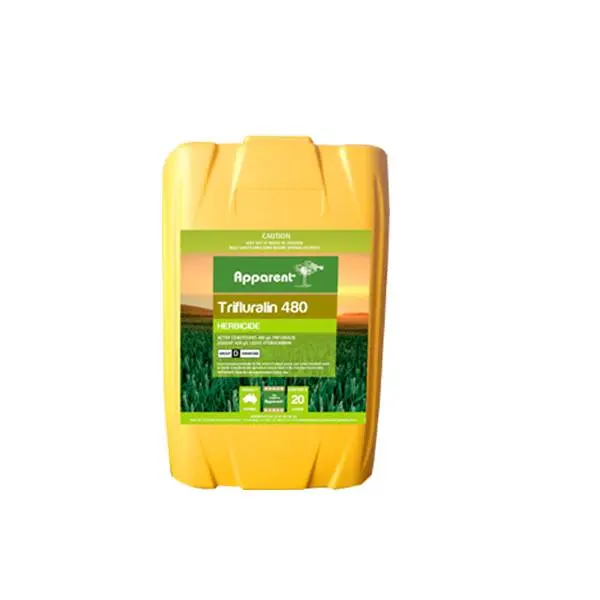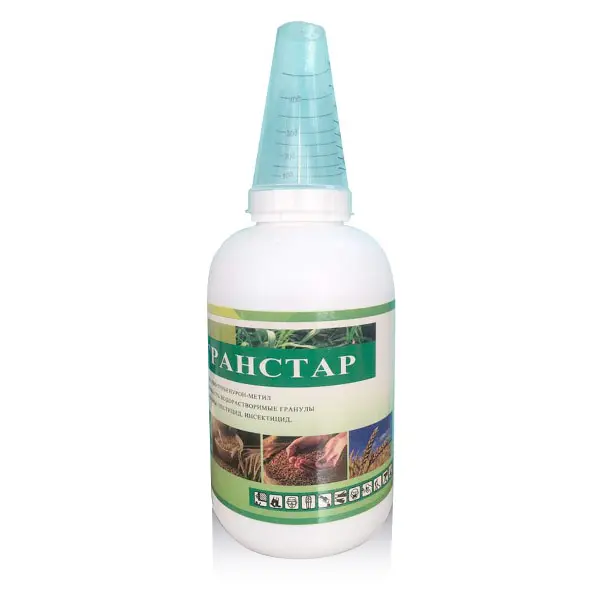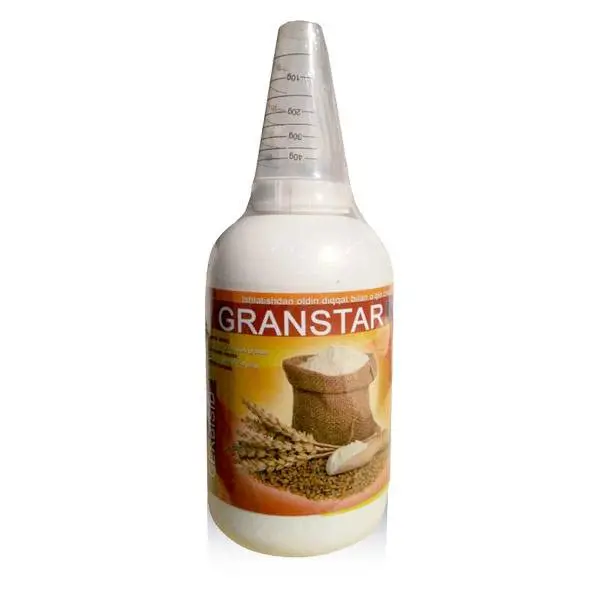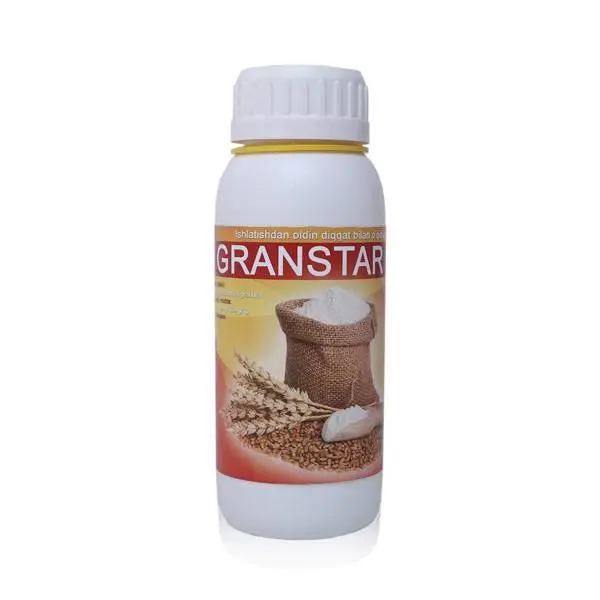- Fungicide
-
Herbicide
- 2,4-D Amine
- Atrazine
- Carfentrazone-ethyl
- Clethodim
- Cyhalofop-butyl
- Diquat
- Diuron
- Glufosinate-ammonium
- Glyphosate
- Haloxyfop-r-methyl
- Linuron
- Metribuzin
- Nicosulfuron
- Oxyfluorfen
- Paraquat
- Pendimethalin
- Penoxsulam
- pinoxaden
- Quinclorac
- Quizalofop-p-ethyl
- Rimsulfuron
- Sodium Nitrophenolate
- Thifensulfuron Methyl
- Tribenuron-methyl
- Trifloxysulfuron
- Trifluralin
-
Insecticide
- Abamectin
- Acetamiprid
- Alpha cypermethrin
- Amitraz
- Bifenazate
- Bifenthrin
- Cartap
- Chlorfenapyr
- Chlorpyrifos
- Cyromazine
- Deltamethrin
- Diflubenzuron
- Dimethoate
- Dinotefuran
- Emamectin benzoate
- Fenthion
- Fipronil
- Flonicamid
- Imidacloprid
- Indoxacarb
- Lambda cyhalothrin
- Lufenuron
- Malathion
- Matrine
- Metaldehyde
- Methomyl
- Profenofos
- Pyridaben
- Spirodiclofen
- Thiamethoxam
- Thiocyclam
- Plant Growth Regulator
- Complex Formula
- Seed-Dressing Agent
- Fertilizer additive
- New Products
Tribenuron-methyl 75% WP Herbicide
product detail
| Product Name | Tribenuron-methyl 75% WP |
| Active Ingredient | 75% Tribenuron-methyl |
| CAS Number | 101200-48-0 |
| Molecular Formula | C₁₅H₁₇N₅O₆S |
| Formulation Type | Wettable Powder (WP) |
| Chemical Class | Sulfonylurea |
| Mode of Action | Inhibits ALS enzyme → halts amino acid synthesis → stops weed growth |
| Target Weeds | Broadleaf weeds (chickweed, shepherd’s purse, mustard, pigweed, lamb’s quarters) |
| Target Crops | Wheat, barley, oats, rye, sorghum (tolerant hybrids) |
| Recommended Dosage | 15–30 g/ha (post-emergence, 2–5 leaf stage of weeds) |
| Water Volume | 200–400 L/ha |
| Application Method | Foliar spray using flat fan nozzles |
| Reapplication Interval | As needed, based on weed pressure and crop condition |
| Tank Mix Compatibility | Compatible with many herbicides (perform jar test before mixing) |
| Packaging Options | 100g, 250g, 500g, 1kg (custom sizes and labeling available) |
| Shelf Life | 2 years (store in cool, dry, well-ventilated place) |
| Safety Measures | Wear gloves, goggles, long-sleeved clothing during use |
| Environmental Profile | Low soil persistence, low mammalian toxicity, not volatile |
| Precautions | Avoid use near water bodies; do not apply to stressed crops |
| Manufacturer | POMAIS Agriculture |
| Support Offered | Technical support, free samples, MSDS, COA, marketing materials |
Mechanism of Action
Tribenuron-methyl acts systemically by being absorbed through the foliage and translocated to the meristematic tissues where it inhibits ALS enzyme activity. The suppression of this enzyme halts the synthesis of essential branched-chain amino acids such as valine, leucine, and isoleucine, which are critical to cell division and growth. The affected weeds stop growing within hours of application and typically die within 1 to 3 weeks, depending on environmental conditions.
Key Advantages
- Effective Broadleaf Weed Control: Controls many species such as chickweed, shepherd's purse, mustards, pigweed, and lamb's quarters.
- High Crop Selectivity: Safe for use in wheat, barley, rye, oats, and other cereals.
- Low Use Rates: Typically applied at 15–30 grams per hectare, significantly reducing chemical load and cost.
- Tank Mix Flexibility: Compatible with a range of other herbicides for customized weed control solutions.
- Environmentally Friendly: Degrades rapidly in soil and has low mammalian toxicity.
Target Weeds
- Shepherd's purse (Capsella bursa-pastoris)
- Chickweed (Stellaria media)
- Wild mustard (Sinapis arvensis)
- Pigweed (Amaranthus spp.)
- Lamb’s quarters (Chenopodium album)
- Wild radish, field pennycress, and other common broadleaf species
Recommended Application
| Crop | Target Weeds | Dosage | Application Timing |
|---|---|---|---|
| Wheat & Barley | Broadleaf weeds | 15–30 g/ha | Post-emergence, 2–5 leaf stage of weeds |
| Oats & Rye | Chickweed, mustard, lamb’s quarters | 15–30 g/ha | Apply when weeds are actively growing |
| Sorghum (non-sensitive varieties) | Broadleaf weeds | 15–25 g/ha | Only on tolerant hybrids, post-emergence |
Application Tips
- Use a water volume of 200–400 L/ha.
- Apply with flat fan nozzles for even distribution.
- Avoid application during high wind, rainfall, or in temperatures below 10°C.
- Do not apply to crops under stress from drought, frost, waterlogging, or nutrient deficiency.
Compatibility and Mixing
Tribenuron-methyl is compatible with several broadleaf and grass herbicides. When tank mixing:
- Always perform a compatibility test.
- Maintain proper mixing order: water > herbicide > surfactant.
- Ensure thorough agitation during application.
Packaging and Customization
- Standard sizes: 100g, 250g, 500g, 1kg.
- Custom packaging and multi-language labels available upon request.
- Bulk and OEM options supported for large-volume buyers.
Storage and Handling
- Store in a cool, dry, and well-ventilated facility.
- Keep away from food, feed, and water sources.
- Use only with appropriate protective gear: gloves, goggles, and long-sleeved clothing.
- Do not reuse empty containers. Dispose of in accordance with local environmental regulations.
Environmental and Safety Profile
- Low toxicity to humans and animals when used according to label.
- Not persistent in soil. Degraded by microbial activity.
- May pose a risk to aquatic organisms—avoid application near water bodies.
- Not volatile and does not leach under normal soil conditions.
Why Choose POMAIS Agriculture?
- Direct Manufacturer Supply: Competitive pricing and consistent supply.
- Certified Quality: ISO 9001:2015 manufacturing standards with full QC documentation.
- Market Expertise: Successfully exported to over 30 countries with regulatory and logistics support.
- Professional Support: Technical guidance, marketing materials, and after-sales assistance.
Contact Us
Ready to improve your weed management strategy? Contact POMAIS Agriculture today to request technical documentation, COA, MSDS, free samples, or pricing for Tribenuron-methyl 75% WP. Our team is ready to support your business and help you protect your crops efficiently and sustainably.

 POMAIS
POMAIS